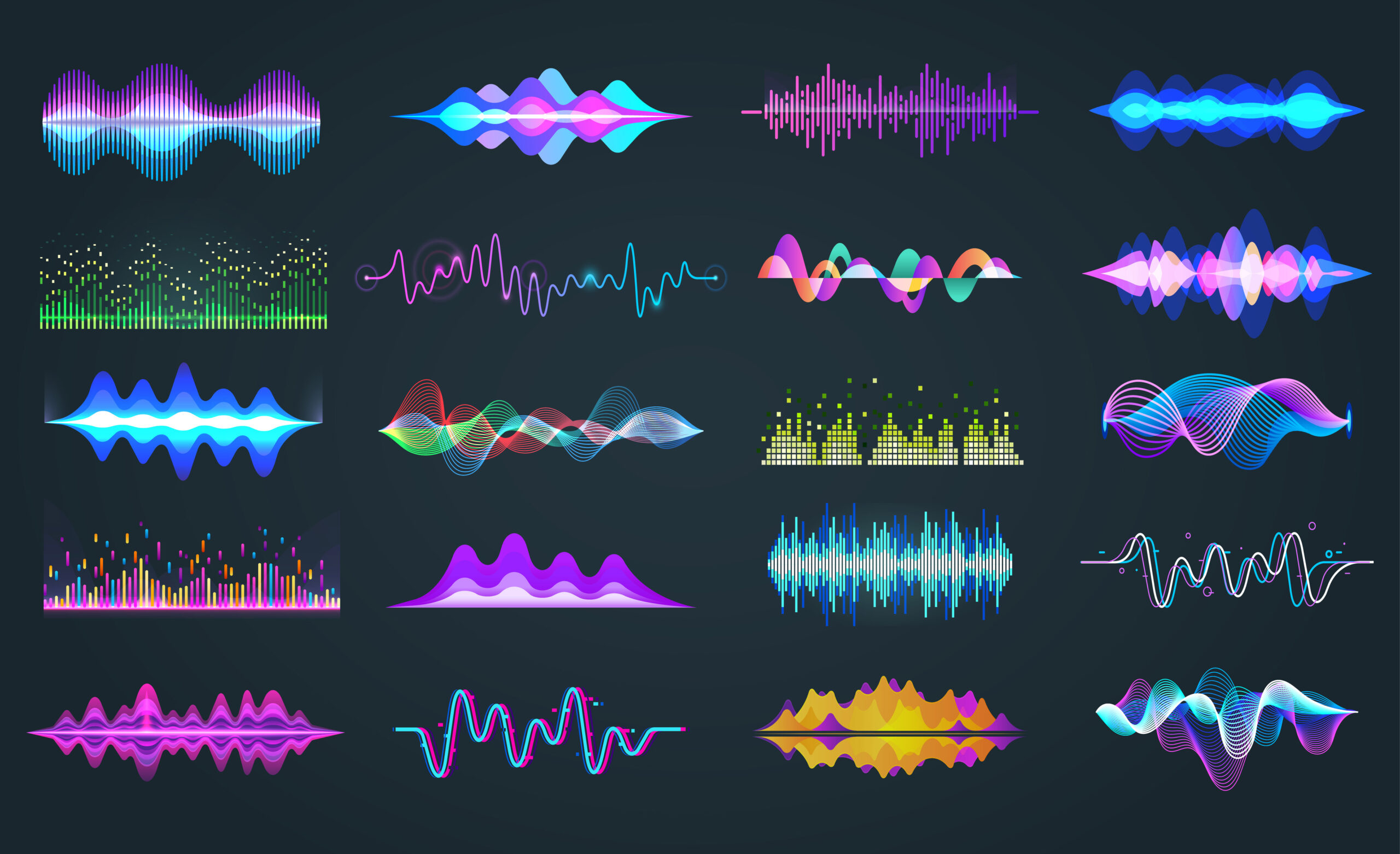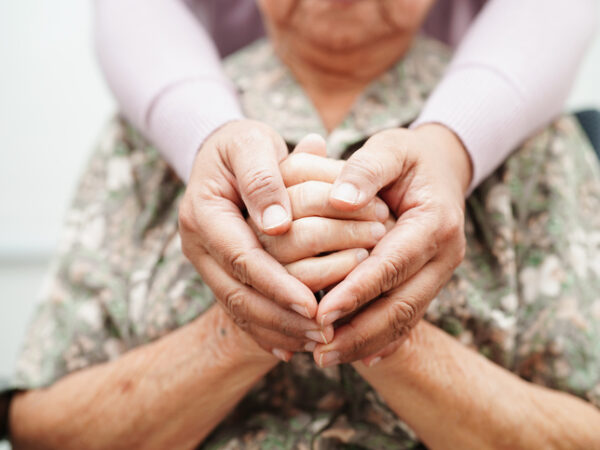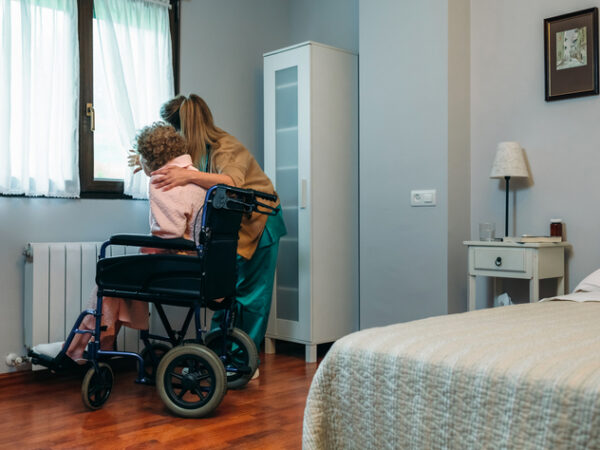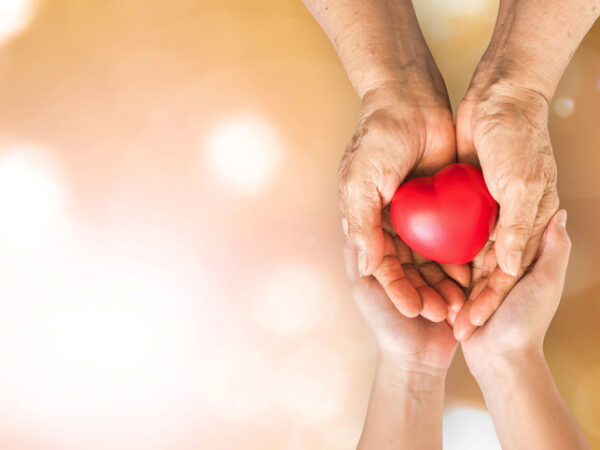Sound can play a significant role in how we experience daily life – peaceful quiet mornings listening to birds chirp or flowing water starts the day off calmly while shrieking sirens, barking dogs or tweeting smoke alarms can rattle the nerves of the most zen individuals. While people are admitted to hospital soundscapes of beeping machines, slamming doors and loud voices they can add to patient anxiety in an already tense and fearful environment.
When a Washington musician fell ill recently and spent several weeks in hospital, the onslaught of dissonant sounds were jarring to her sensitive hearing and increased feelings of helplessness and unease. But, according to a recent Reasons to be Cheerful article, the artist, once recovered set about to explore how changes to the acoustic environment in hospitals would help foster healing.
SenSound, founded by Yoko Sen seeks to work with medical device manufacturers to help improve the sounds in hospital settings. The barrage of alarms not only causes patients distress and interrupts restorative sleep, but healthcare professionals who hear the beeps all day, every day, often suffer from “alarm fatigue”. While intended to save lives and prevent harm, over time, doctors and nurses tend to tune out the unpleasant sounds, sometimes missing important alarms that signal a health crisis.
Instead of medical devices being designed to compete with one another, and becoming increasingly harsher and louder, Sen is working with experts in the field to create alarms and monitors that alert health care providers in a more gentle manner. Hospitals can be louder than a highway during rush hour, research has found, and on average a patient will hear 135 different alarms each day often contributing to sleep deprivation that can worsen symptoms and hinder recovery.
Background noise can be reassuring for some patients but for others the ongoing chatter can be irritating and disruptive. Most people though find nature sounds soothing, and especially for patients in hospice care, gentle sounds of wind, rain or waves can help create a calmer, more peaceful environment. Sen is also working to create a create personal “soundscapes” that patients in hospital can adjust with a hand gesture.
Another of Sen’s related projects, My Last Sound, creates recordings for people of sounds they would like to hear at the end of life. Instead of the last sounds being beeping machines and hospital noises, what if people could leave this life listening to the sound of the voice of their loved one, the laughter of children, or a northern forest? Learn more about the EndWellProject and My Last Sound by following this link.






Add Your Voice
0 Comments
Join the Discussion